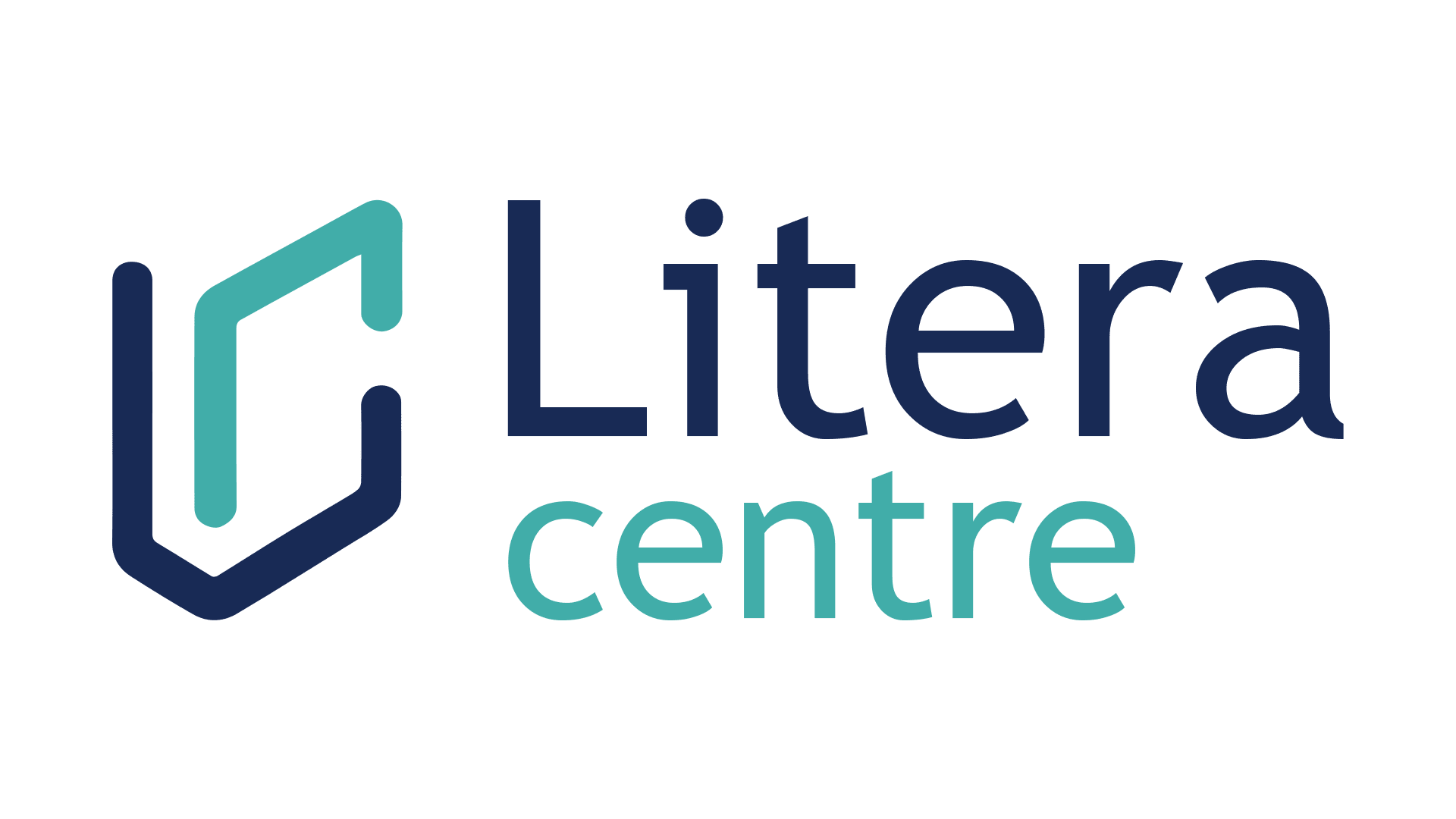US Education is unique in its lack of a national curriculum. In contrast to the UK, Australia, Canada, and India, the US has a decentralized and diverse educational system. This innovative method empowers governments and local authorities to choose their educational standards and frameworks.
This article explores the reasons underlying the US’s steadfast dedication to decentralization. This method fosters creativity and adaptability and meets varied geographical needs. We will also discuss the drawbacks, such as educational gaps and national cohesion.
Why is there no national curriculum in the US?

The US lacks a national curriculum due to its federalist history and constitution. Federalism empowers states in education based on foundational ideals. The US Constitution establishes a governance framework but does not mention education as a federal obligation. States construct and regulate educational systems.
This constitutional division of powers has shaped our diversified educational landscape. The Tenth Amendment declares that the states or people have any powers not explicitly given to the federal government. This key phrase affirms that state and local governments have the authority to create educational policies and curricula that meet their communities needs.
Federal Intervention: A Delicate Balancing Act:
While the US values federalism, the federal government has limited education jurisdiction. Interventions involve civil rights, national security, or interstate commerce. The federal government protects equality and inclusion by prohibiting race, gender, and disability discrimination in schools.
Education research and innovation depend on federal financing. The federal government promotes best practices and evidence-based methods for students and educators through funding educational research.
Standards and Accountability – Navigating Uniformity:
The federal government regulates accountability and assessment but not curricular content. The federal government maintains educational quality and consistency by defining educational outcomes and performance expectations. These criteria do not prescribe content or pedagogy.
Diversity: A Patchwork of Perspectives:
American culture, customs, and beliefs are rich and diverse. The lack of a national curriculum shows a commitment to understanding and adapting to the needs and interests of different cultures. Centralized curricula may homogenize education, restricting regional differences and inventive pedagogies.
Innovation and Creativity: A Garden of Ideas:
The lack of a national curriculum fosters educational innovation and creativity. Educators can try new methods, adjust to changing demands, and experiment by letting states and localities establish their curricula. This dynamic environment encourages new ideas and practices that enhance student learning.
What Are The Advantages Of Having No National Curriculum In The US?

The Dynamic Advantage of Flexibility and Customization:
Flexibility and customization are priceless benefits of not having a standard curriculum in the US. Schools may adapt their curriculum to their local context, resources, educational goals, and students’ needs, like master artisans.
They can make well-informed decisions and create a curriculum that connects with their communities. This personalized strategy engages students by addressing regional interests, including local history and culture, and incorporating current events.
Innovation and Experimentation:
Without a national curriculum, American education fosters creativity and experimentation. Schools and teachers can experiment with different methods, resources, and technologies. Experimentation can lead to pedagogical innovations that engage students and spark their curiosity. Innovative methods that accommodate varied learning styles and skills can help all students succeed.
Adaptable to Changes:
Educational institutions can adapt quickly to changing education trends without a national curriculum. Schools and teachers can change their curricula to changing demands, expectations, and possibilities without bureaucratic roadblocks or lengthy approval processes. Educators can quickly adapt to technological, workforce, and societal changes to ensure students obtain relevant and future-ready education.
Competition and Diversity:
Schools compete well without a centralized curriculum. Each institution offers a unique curriculum to attract students and resources. This competitive climate encourages schools and teachers to improve their offerings, creating a circle of educational improvement. Students and parents can choose an institution that matches their goals and ideals in this broad educational landscape.
Accepting a Multicultural Tapestry:
The US’s lack of a national curriculum is like a blank canvas that embraces many viewpoints, cultures, and disciplines. Schools and teachers can include varied opinions, backgrounds, and experiences to deepen students’ understanding of the world. Students learn empathy, tolerance, and global citizenship through this inclusive approach.
What Are The Disadvantages Of Having No National Curriculum In The Us?

Inconsistency and inequality:
The US lacks a national curriculum, which could lead to educational inequity. Schools and teachers may vary in quality and rigor without a national framework or standard for educational content and assessment.
Some schools offer tough and comprehensive curricula to promote academic performance and future readiness. However, some schools lack the resources or ability to provide an equally enriching education. Due to this imbalance, some pupils may receive a better education than others from less wealthy families.
Resource Disparities and Student Results:
A lack of a national curriculum can worsen educational resource inequities. Funding, technology, and well-trained teachers may help schools implement their programs better, improving student outcomes.
However, schools with low resources may struggle to give the same educational assistance and possibilities. This resource and support gap could expand educational gaps, impeding academic performance and sustaining societal inequality.
Collaboration Issues:
Decentralized education in the US may limit coordination and collaboration among educational stakeholders without a unified goal or guiding document. Schools, teachers, districts, and states may struggle to collaborate without a common framework for educational goals and achievements. Thus, best practices, creative ideas, and learning from each other may be hindered. This fragmented education system may make solving common issues like upgrading teaching methods or adjusting to changing educational demands tougher.
Similar Educational Policies and Programs:
Aligning educational policies and activities at different levels of governance can also be challenging without a national curriculum. State-level, district-wide, and federal programs may clash with localized, diverse school curricula. This incoherence may inhibit the efficient implementation of larger educational reforms and restrict their influence on student achievement and outcomes.
How Does The US Maintain Education Quality Without A National Curriculum?
Despite no national curriculum, the US has measures to maintain the quality and consistency of education. Some are:
1. State standards and assessments:
The US has no national curriculum, although states, school districts, and national groups require or propose specific standards to guide school instruction. These standards define what students should learn in different disciplines and grade levels. States also give standards-based standardized assessments.
These examinations evaluate school performance, identify improvement areas, and assign resources or interventions. The Common Core State Standards, Next Generation Science Standards, and Smarter Balanced Assessment Consortium are state standards and tests.
2. Accreditation:
Independent regional or national accreditation agencies analyze and evaluate schools or programs as a voluntary quality assurance and improvement process. Accreditation agencies set academic quality, institutional effectiveness, student support, faculty qualifications, and other education standards.
Accredited schools and programs are credible, legitimate, and excellent. Through self-study, peer assessment, and criticism, accreditation helps schools and programs improve. Middle States, New England, and the Council for the Accreditation of Educator Preparation are accreditation agencies.
3. Curriculum frameworks and guidelines:
These publications give general guidance for establishing and executing curricula in schools and programs. Professional groups, subject matter experts, and educators frequently create them. They advise based on research, best practices, and standards, not mandates. Examples include learning objectives, content scope and order, instructional tactics, assessment methodologies, and resources.
The National Council of Teachers of Mathematics Principles and Standards for School Mathematics, the National Council for the Social Studies College, the Career and Civic Life Framework for Social Studies State Standards, and the National Association for Music Education National Standards for Music Education are curriculum frameworks.
Key Takeaways:
The absence of a national curriculum illustrates diversity, creativity, and flexibility in American education. Schools and educators can tailor their educational narratives to community needs and ambitions. This decentralized model encourages educators to experiment, adapt, and respond quickly to the changing education world.
This creative method honors American pluralism, but it also poses obstacles. Maintaining educational equity and closing resource and result disparities is crucial.
https://world-schools.com/american-curriculum/
References:
https://en.wikipedia.org/wiki/Education_in_the_United_States






